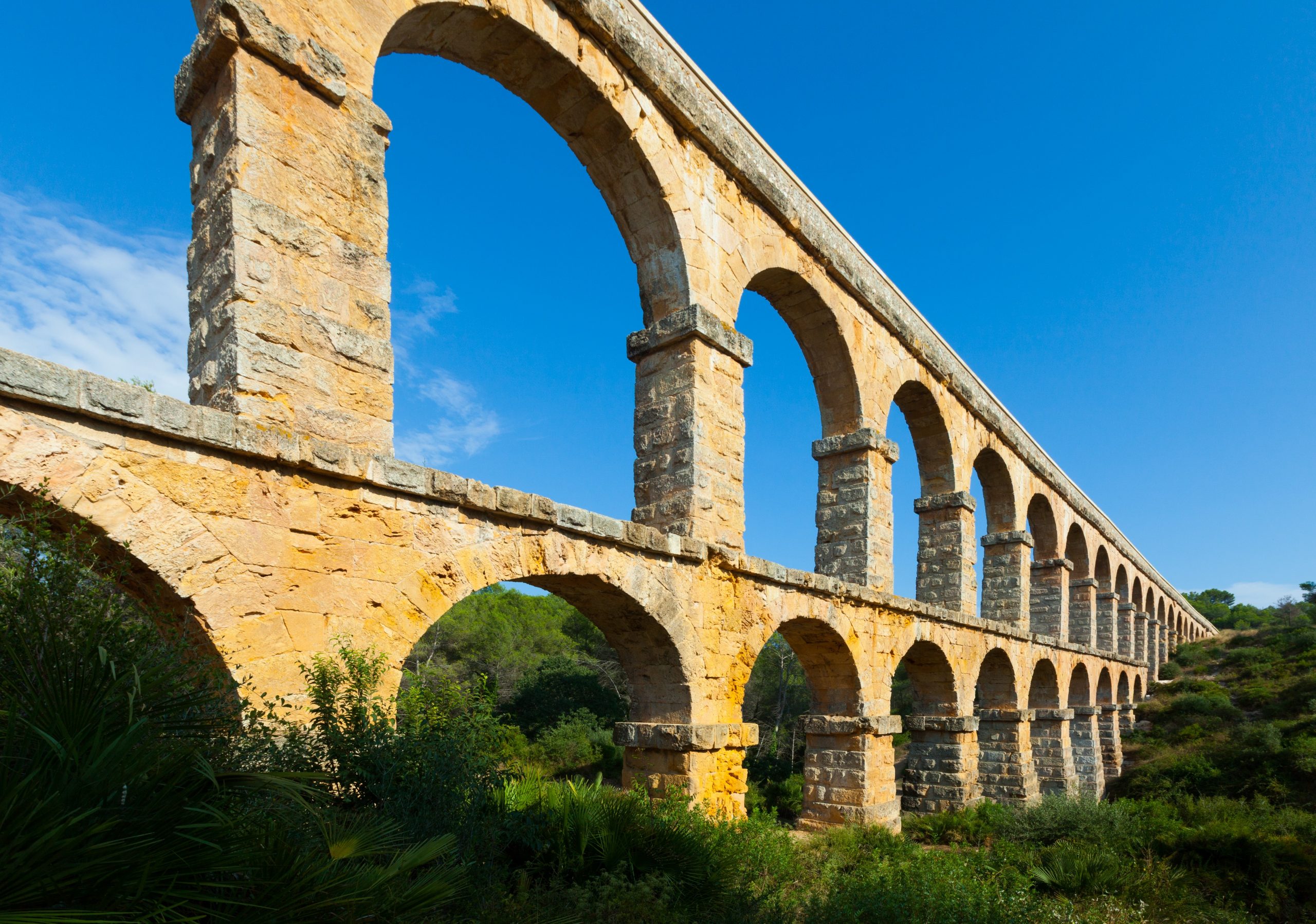Roman bridges are an enduring example of ingenuity and engineering savvy. But what were they used for, exactly?
What Were Roman Bridges Used For?
Together with sculptures and structures such as the Colosseum, Roman bridges are some of the most popular symbols of Ancient Rome and its civilization.
It makes sense: not only was Rome built near a river, the Tiber, but Italy itself is traversed by numerous rivers.
At first, the Romans became master bridge-builders out of necessity. For them, crossing a river was an everyday hassle and bridges were the ideal solution.
But then the Romans’ bridge-building expertise came in handy when they decided to expand beyond the city’s original location, across the Tiber, and into the city-states of neighboring Etruria.
After conquering all their neighbors, the Romans used their wealth of military and engineering know-how to build an empire, making bridges a mainstay of the ancient world — and a staple of ours.
Why Do Roman Bridges Last So Long?
With ages that often exceed one thousand years, Roman Bridges are famous for their longevity. So, what made them so resilient and stable?
According to Italian engineer and military historian Flavio Russo, the reason is that “Roman bridges were built using non-perishable materials, such as stone instead of modern concrete.”
It’s with noting that in some cases, Romans did use perishable materials, such as wood, to build bridges, although there are no extant examples of them.
Another reason cited by experts looking to explain the durability of Roman bridges is the use of the circular arch, which helps distribute weight more uniformly. While the Romans didn’t invent the circular arch (the Greek civilization was already familiar with it), they perfected its application with spectacular results.
Finally, it is also worth noting that, in general, Roman bridges didn’t have to withstand the enormous weights modern bridges have to support day in and day out.
About Darnell Technical
Darnell Technical Services is an engineering design firm with extensive experience in a vast array of projects. Our headquarters are located in Santa Ana, California, and we have an office in Las Vegas, Nevada.Contact us today by telephone (714-285-0082 (CA), 702-945-2899 (NV)) or through our social media accounts on Facebook, Twitter, and LinkedIn to learn more about all the technical instruments and materials we put at your disposal.








